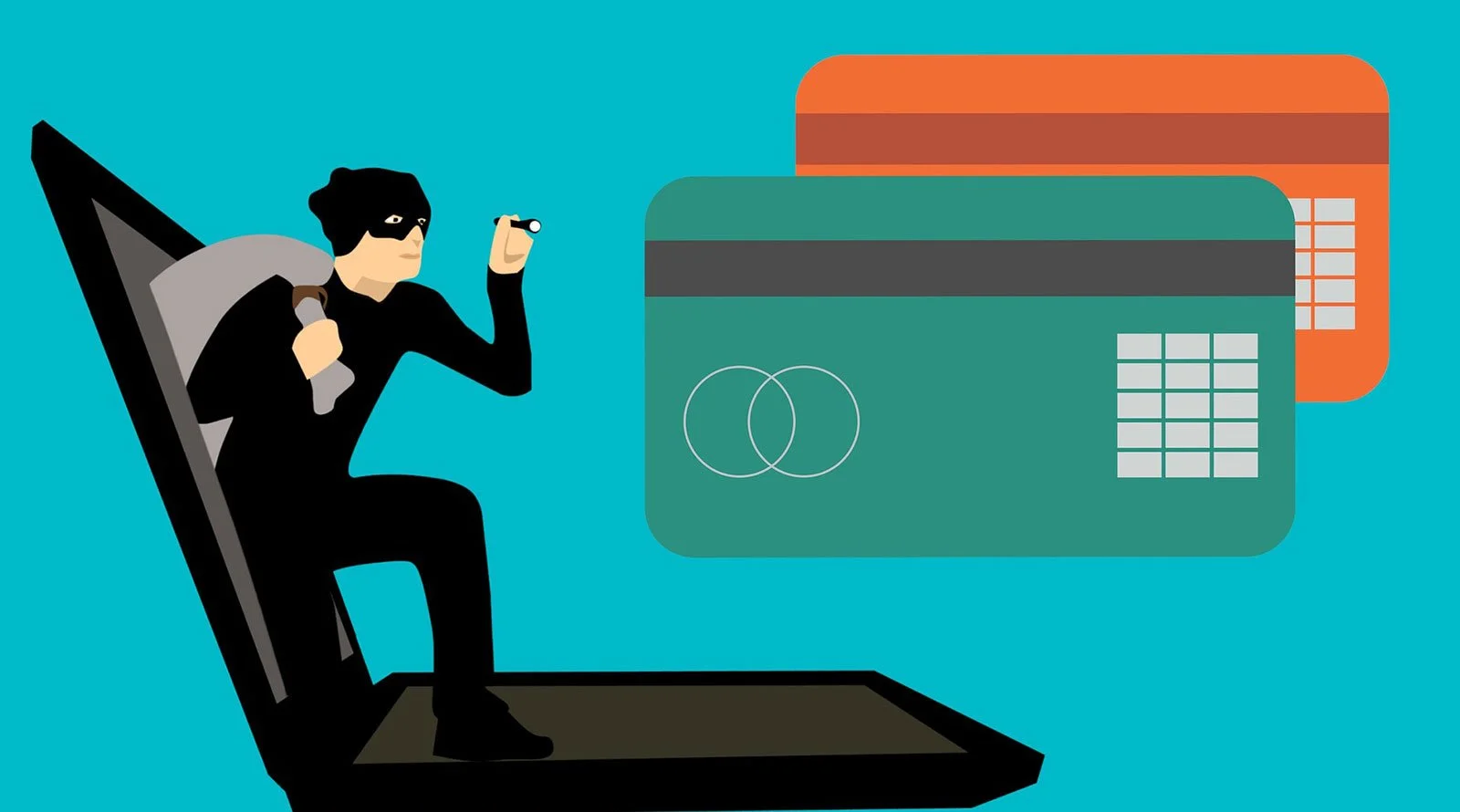Why Card Skimming, Already Bad, Is Getting Worse
Card skimming remains a vexing problem in the United States, with the number of reported incidents increasing 20% during the first half of 2023 compared to the same period in 2022, according to the credit-data firm FICO.
Image courtesy of YourSource News
More concerning, however, is that the number of cards compromised as a result of skimming was about 120,000 in the first half of the year, compared to about 70,000 for the same period in 2022, a 77% increase. Equally alarming is that the total number of cards compromised due to skimming during the first half of 2023 represent 75% of all cards compromised in all of last year.
Card skimming occurs when criminals put small card-reading devices in payments terminals, such as at the point of sale or in an ATM, to steal card information.
“This growth in total cards compromised, despite a smaller increase in compromise events, indicates that criminals are stealing more card details per compromise event,” Debbie Cobb, senior director, product management for FICO says in a blog post released Monday. “FICO’s data supports this trend, which shows a 48% increase in the average number of cards impacted per compromise in the first half of 2023.”
Bank ATMs are a more favored target for skimmers, with the number of incidents taking place at those machines increasing 109% year-over-year during the first half of 2023. The increase represents a significant shift in the terminal types and locations of card compromises, according to Cobb.
“In the past, we saw a roughly 80%/20% split of compromise locations, with banks only representing 20% of the locations and the majority at non-bank ATMs, such as convenience stores and gas stations,” Cobb says. “This year, we are seeing a change in that breakdown, with bank ATMs now representing approximately 33% of the compromise locations.”
Geographically, Virginia, Texas, New Jersey, Florida, and Colorado had the largest increases in skimming incidents, with each state reporting at least a 50% year-over-year rise in the number of incidents taking place during the first half of 2023. Nevertheless, California remains the top state for skimming activity, with three times the number of total compromises in the next-highest state.
In addition to card skimming, authorized push payment fraud is a growing problem. U.S. consumers lost $8.8 billion to such scams in 2022, a 30% increase over 2021, according to FICO.
More troubling is that FICO’s research reveals consumers plan to increase their usage of the real-time payments, which can potentially lead to higher losses, especially with the launch in July of FedNow, the Federal Reserve’s real-time payments system.
“We are also anecdotally seeing an increase in first-party fraud, as consumers feel the pinch from persistent inflation, rising interest rates, and tightening credit standards,” Cobb says. “Much of that fraud manifests as consumers exaggerating or falsifying information—like annual income on a mortgage or credit card application.”
Please click HERE to view the original article.

